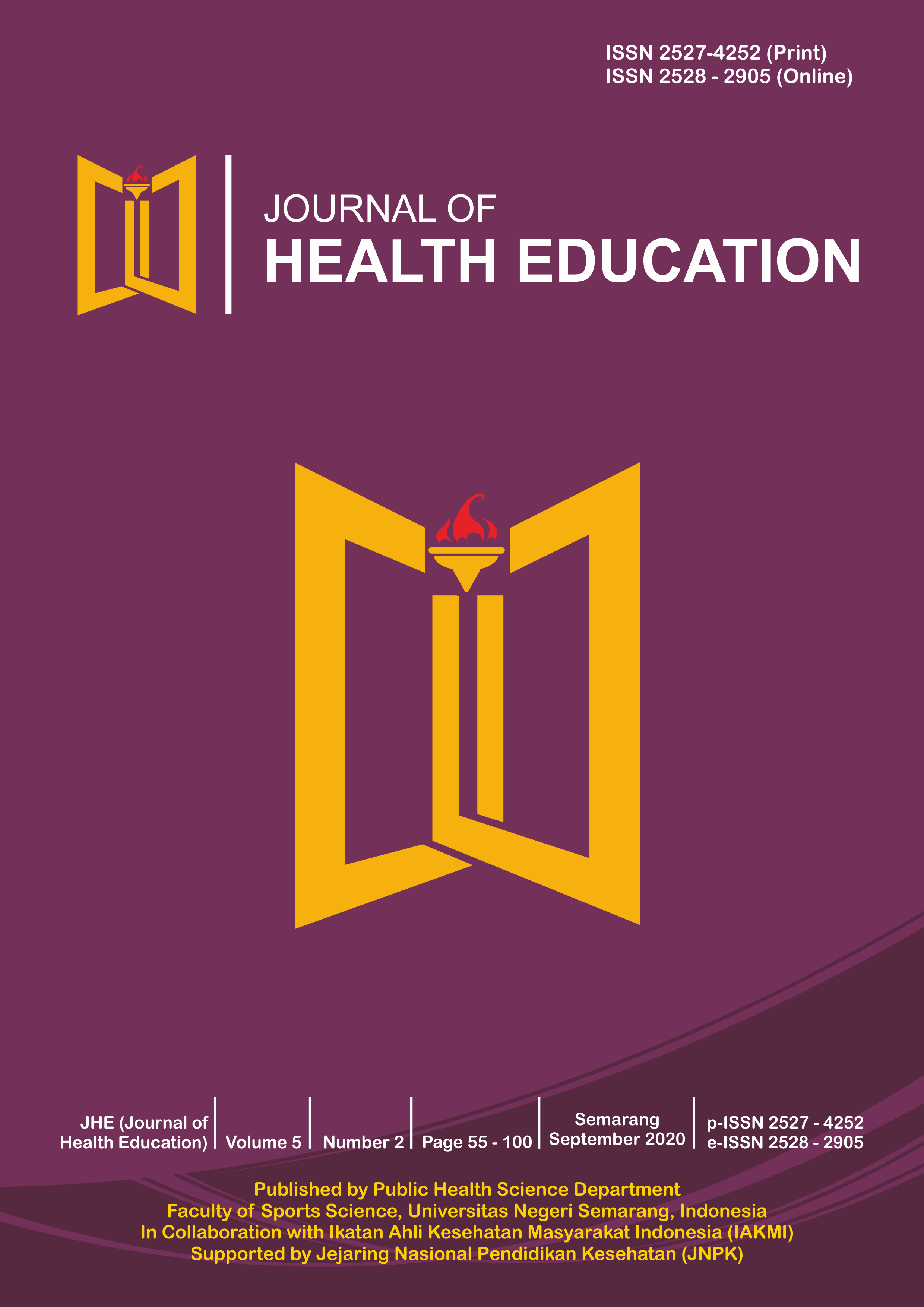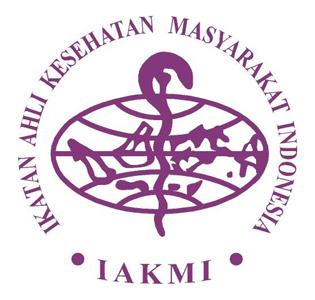Determinant of Low Birth Weight in Indonesia (IFLS 5 Data Analysis)
Abstract
Background: LBW is a condition where babies are born with a body weight of less than 2500 gr. In 2020, as many as 19.8 million babies (14.7%) of all babies born in the world experienced low birthweight. Based on data from the Maternal and Child Health Profile, the prevalence of LBW in Indonesia from 2020 to 2022 has increased. This study aims to know the determinants of LBW events with IFLS data. Methods: The type of research used was quantitative observational analytic using a cross sectional design, with the data source used was IFLS 5 in 2014. Results: The results showed that after controlling for other variables, the variables associated with LBW events were the number of ANC visits (p = 0.024), the number of children (p = 0.004), hypertension (p = 0.046), CED (p=0.003), pregnancy complications (p=0.003), and education (p=<0.001). Conclusions: Mothers who have visited ANC <6 times, have a >2 child, are diagnosed with hypertension by a doctor, have CED, experience pregnancy complications, and take compulsory education <12 years have a greater chance of giving birth to a LBW baby. The advice for the education office is to ensure that every woman has been educated for at least 12 years to prevent low birth weight.






